The invitation to the Spring 2019 show for Christian Dior read “hippodrome of Paris.” This might have seemed to hint at an evolution of the themes of the Dior Resort collection, which was shown in May at another hippodrome, that of far-flung Chantilly, and featured women horseback riders from the Mexican rodeo circuit who performed their athletic and wondrous maneuvers in a downpour with beauty and drama galore—so long, Paris Jackson! But this was not the case. Instead today’s venue was the familiar Dior black box, this one set on an inky, vast parquet floor, with a cunning use of skylights to hint at the glorious fall day happening outside, the dappled sunlight falling on the leafy far reaches of the 16th Arrondissement. Never mind: The theatrical darkness within was the setting for a conceptual dance piece, choreographed by Tel Aviv–based Sharon Eyal and performed by Eyal and eight dazzlingly dexterous and magnetic dancers from her company. More on the black box later but, as with Resort, there was a show within the show . . . and it was eye-popping and exhilarating beyond.
Let’s face it, though: Modern dance of the Pina Bausch, Martha Graham, and Isadora Duncan variety is not an easy sell to a professional audience—in this instance, 2,000 onlookers—who rely on cheesy pop tunes and wicked DJ mixes to keep them perky and alert throughout the long days and nights of fashion month. Nor is it obvious catnip to the millions who follow the catwalk on social media, and who may prefer things sparkly and possibly rainbow-graced. So the starting point was a risk of sorts, even for a house that has ballet and ballet costumes in its DNA. “I wanted to speak about dance with a different point of view,” said Maria Grazia Chiuri backstage. “I think that dance and fashion are very close, for they both speak about the body.” She added, “Modern choreographers speak about freedom.”
Freedom, for Chiuri, means taking a new approach to Dior’s silhouettes. Gone are the corsets to keep waists and bodices nipped and horsehair to make skirts flare. Gone too the bones and underwires and fabrics so stiff that they seem to stand up and head to the bar by themselves. Instead there is jersey in the collection for the first time, cut and draped and pleated into neat neo-Grecian frocks. A dress of macramé, elegant in khaki, was braided entirely from tulle and was soft yet precise. There are charming floral prints made abstract and artisanal through tie-dye. And on every piece there is the sense of the hand: from butterflies created from feather and bead embroidery to Shiburi scarf prints to the way even the most minimal black tunic is cut and draped. It is a shrewd and beautiful set of clothes Chiuri has proposed for Spring, and one that ticks many of the season’s trending boxes (tie-dye, scarves, pale neutrals, acid wash, West Coast languor) without seeming calculated or forced. There are some terrific timeless buys here: mackintosh coats covered in roses or daisies and lined with the Dior logo, embroidered fatigues, plexi-heeled wedges with nude straps for that footwear holy grail . . . the naked shoe.
Maria Grazia Chiuri’s favorite look is the Madame Grès–meets–Martha Graham floor-length gown in black that opened the show on Selena Forrest. Loose, elegant, and cool, it looks like a piece the designer herself might actually wear. It actually looks like Chiuri. Now that might seem an odd observation—and no one should ever suggest that it is the role of a woman creator to dress herself (after all, they have the same freedom as their male counterparts to dream big and in all directions)—but in the case of Chiuri and the house of Dior it is perhaps relevant. Chiuri is a conscious, family-oriented, hardworking, super-clever woman who wears her politics on her sleeve (or her T-shirt), and is engaged in every sense with the world and the clothes she designs. Yet this vibrant personal quality can often get muffled within the larger codes and practices of Christian Dior. The shows are more often than not held in the dark, clothes set at a great distance, and to vast audiences. It’s always a spectacle to be sure, and when it works (e.g., Eyal’s dance piece), hallelujah. But it would be nice to be able to see a little more of Chiuri, today barely discernible in the hippodrome haze during her final bow, in every sense.

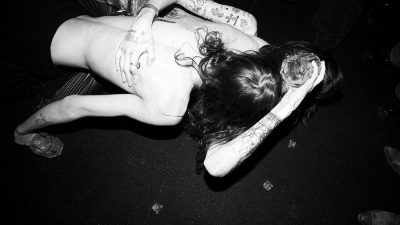
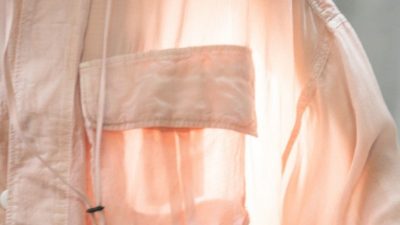
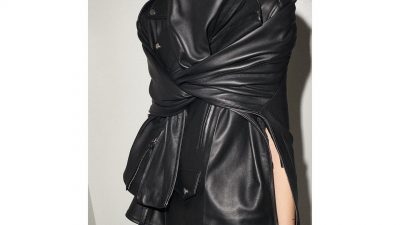
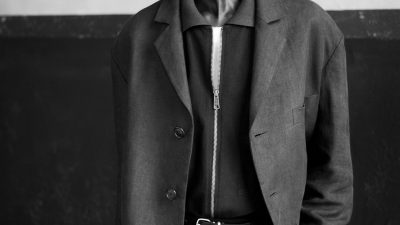

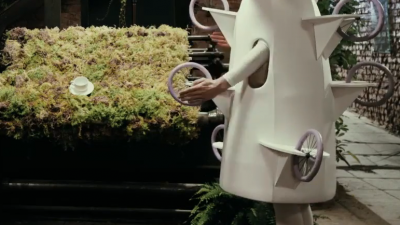

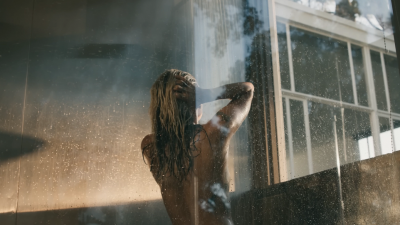
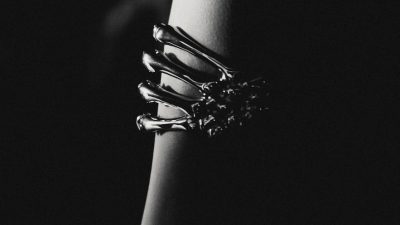
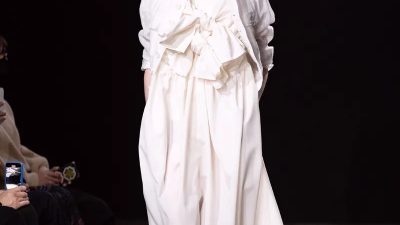
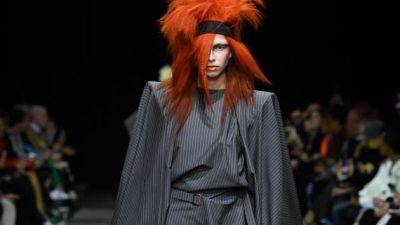
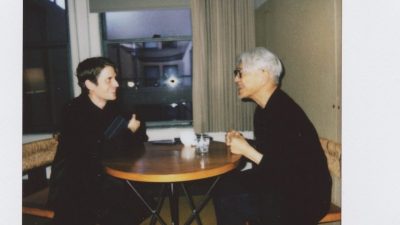


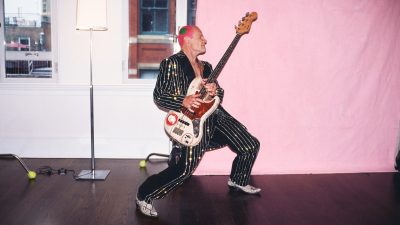
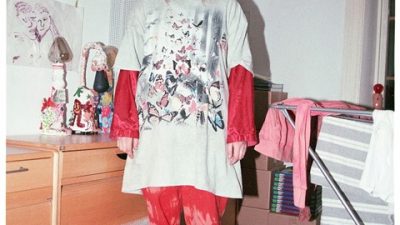
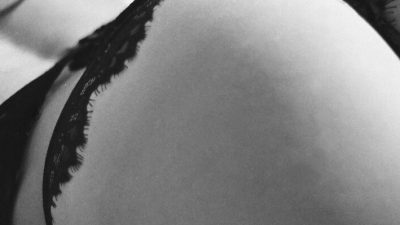
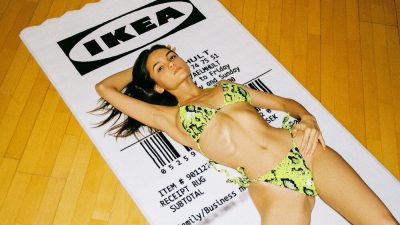
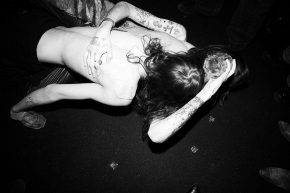
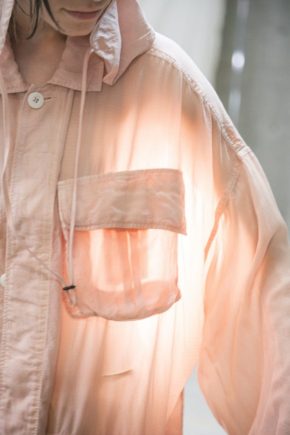
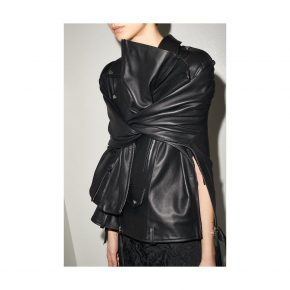
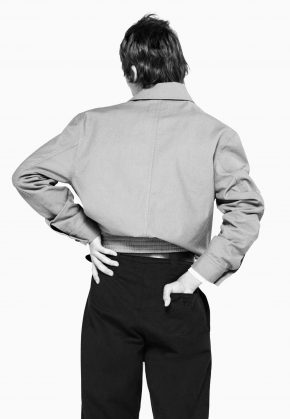
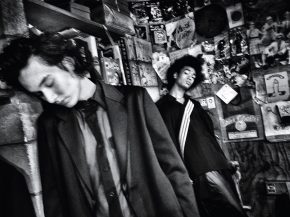
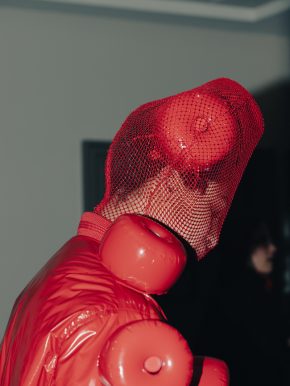
Comments